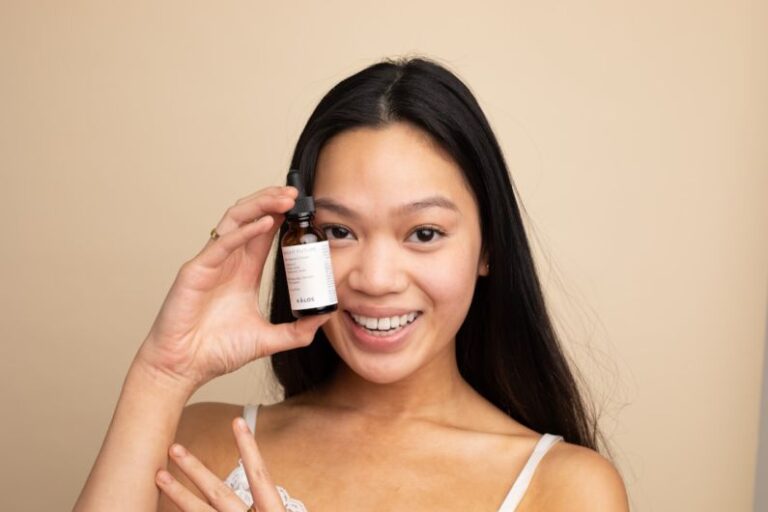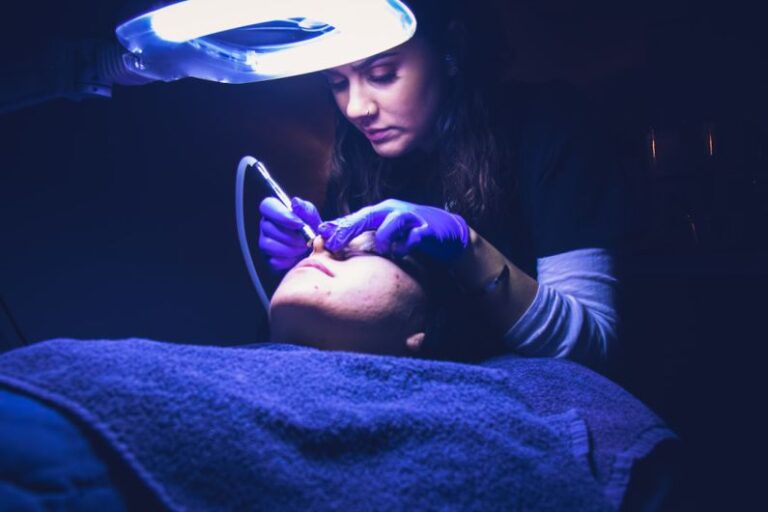Is Botox a Safe Solution for Wrinkle Prevention?
In the quest for youthful skin, many individuals turn to Botox as a popular option for reducing wrinkles and fine lines. But with concerns about safety and potential side effects, it begs the question: Is Botox truly a safe solution for wrinkle prevention? Let’s delve into the details to understand the safety profile of this cosmetic procedure.
Understanding Botox and How It Works
Botox, short for botulinum toxin, is a neurotoxic protein produced by the bacterium Clostridium botulinum. When used in cosmetic procedures, Botox is injected in small, controlled doses into specific facial muscles to temporarily paralyze them. By inhibiting muscle contractions, Botox smoothens out wrinkles and fine lines, giving the skin a more youthful appearance.
The Safety of Botox: What Research Says
Numerous studies have been conducted to assess the safety and efficacy of Botox for cosmetic purposes. Overall, Botox is considered a safe treatment when administered by a qualified medical professional. The most common side effects of Botox injections include temporary redness, swelling, and bruising at the injection site. In rare cases, individuals may experience headaches or flu-like symptoms, but these typically subside within a few days.
It’s important to note that the safety of Botox largely depends on the expertise of the injector. Choosing a reputable and experienced provider can minimize the risk of adverse effects and ensure optimal results. Additionally, following post-treatment care instructions, such as avoiding strenuous exercise and excessive sun exposure, can help reduce the likelihood of complications.
Long-Term Safety Considerations
While Botox is generally considered safe for most individuals, there are some long-term safety considerations to keep in mind. One concern is the potential for muscle atrophy in the treated area over time. Prolonged use of Botox injections can lead to weakening of the muscles, which may result in a loss of facial volume or changes in facial symmetry.
Another consideration is the risk of developing antibodies to the botulinum toxin, which can reduce the effectiveness of Botox treatments over time. To mitigate this risk, some providers recommend taking breaks between treatments to allow the body to clear the toxin and reduce the likelihood of developing antibodies.
Balancing Safety and Efficacy
When considering Botox as a wrinkle prevention solution, it’s essential to weigh the safety aspects against the potential benefits. While Botox can effectively reduce the appearance of wrinkles and fine lines, it is not a permanent solution. Maintenance treatments are typically required every few months to sustain results, which may pose financial considerations for some individuals.
Additionally, individual responses to Botox can vary, with some people experiencing more pronounced results than others. Factors such as age, skin condition, and lifestyle habits can influence the efficacy of Botox treatments. Consulting with a qualified provider can help determine if Botox is the right option for achieving your desired aesthetic goals.
Navigating the Decision-Making Process
Ultimately, the decision to undergo Botox treatment for wrinkle prevention is a personal one that should be made after careful consideration of the potential risks and benefits. Consulting with a knowledgeable provider and discussing your concerns and expectations can help ensure a positive experience with Botox injections.
In conclusion, Botox can be a safe and effective solution for wrinkle prevention when administered by a skilled professional. By educating yourself on the safety considerations, understanding the treatment process, and maintaining realistic expectations, you can make an informed decision about whether Botox is the right choice for enhancing your skin’s appearance.






